HP ProLiant DL580 G7 review
It’s been a long wait but HP finally makes its entrance into the Xeon 7500 server market. The new ProLiant DL580 G7 looks good value, but how does it stack up against servers from IBM, Dell and Fujitsu? Read this exclusive review to find out.
Businesses looking to replace expensive RISC based systems will find HP’s new ProLiant DL580 G7 is a cost effective Xeon 7500 based alternative. IBM’s x3850 does have some unique capabilities for increasing memory and processor capacities but it costs around twice as much. Storage capacity for the DL580 isn’t as good as Dell’s R910 but HP offers a very good combination of expansion potential, component redundancy and remote management.

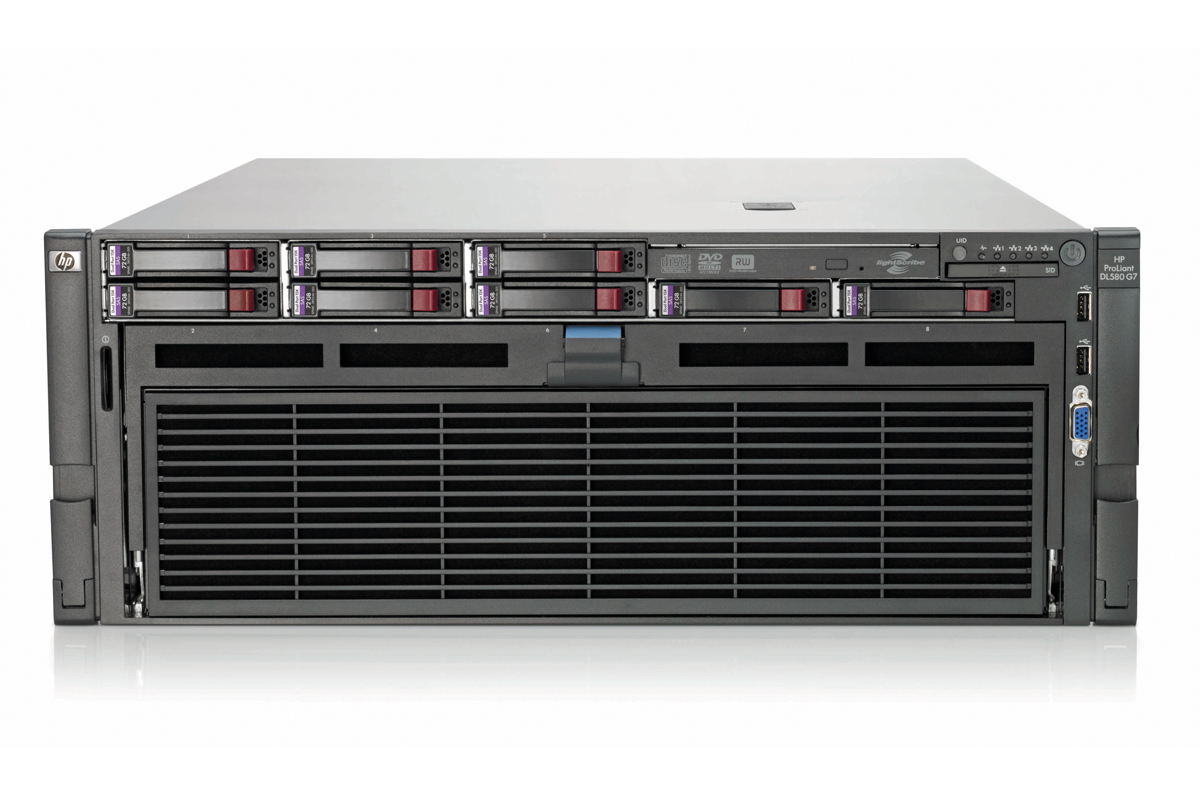
The HP ProLiant DL580 G7
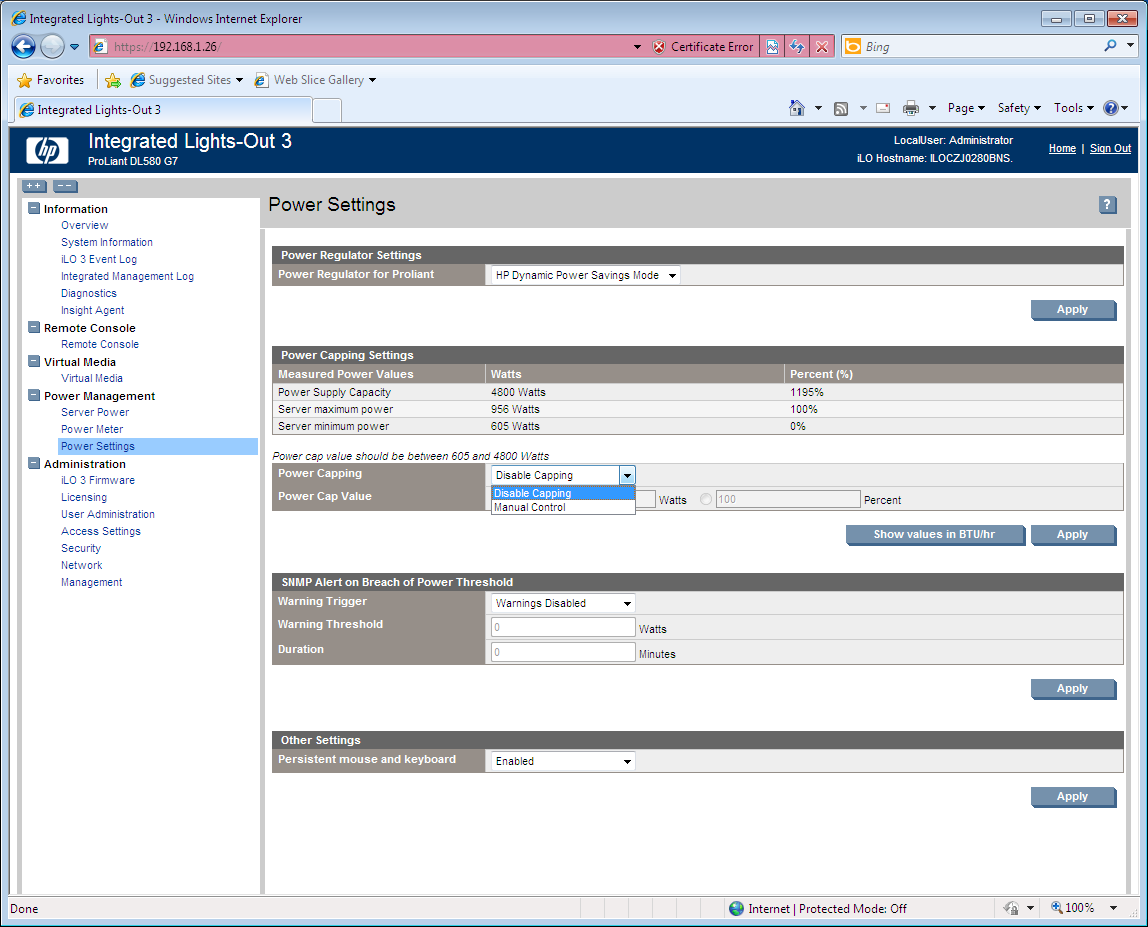
HP’s iLO3 provides plenty of power controls and allows you to cap usage to a percentage of total available power.
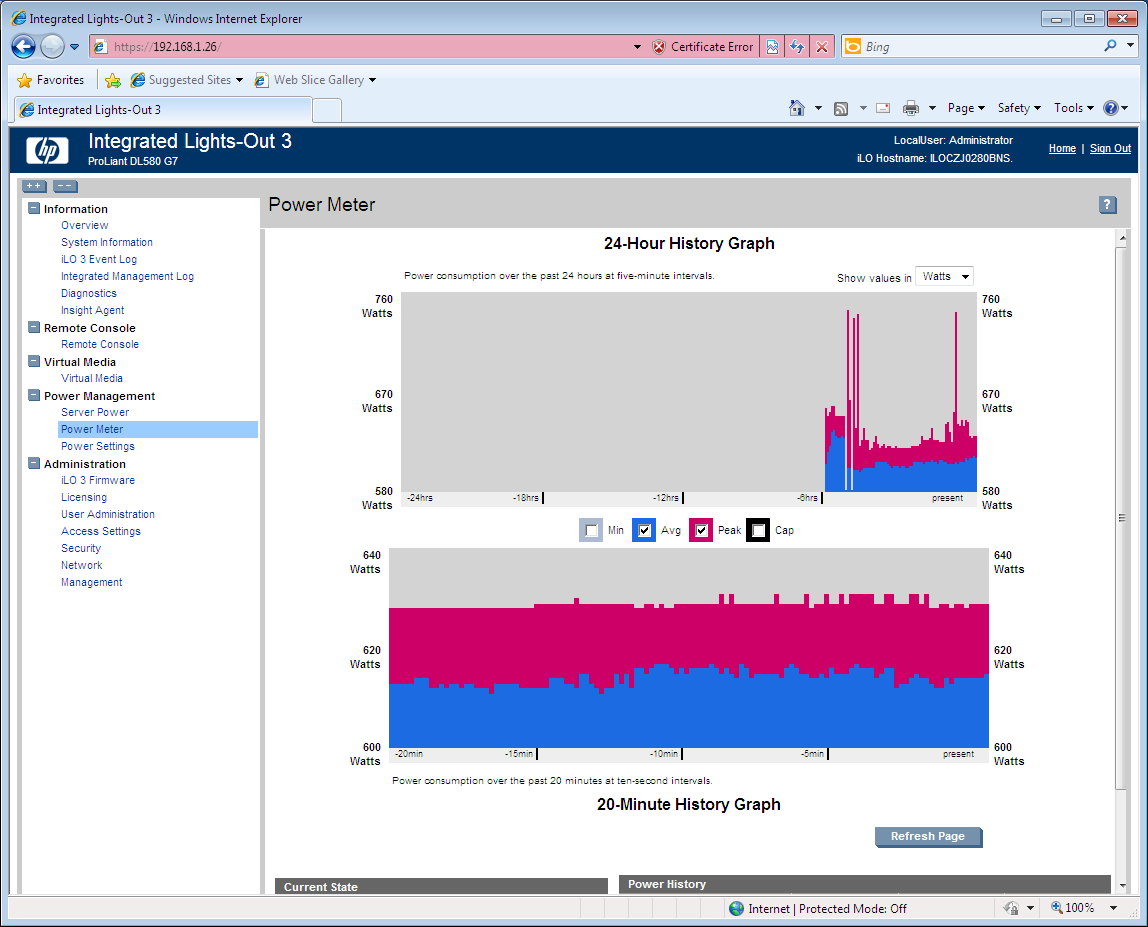
It is an optional upgrade to the iLO3, but HP’s Power Meter feature is well worth having.
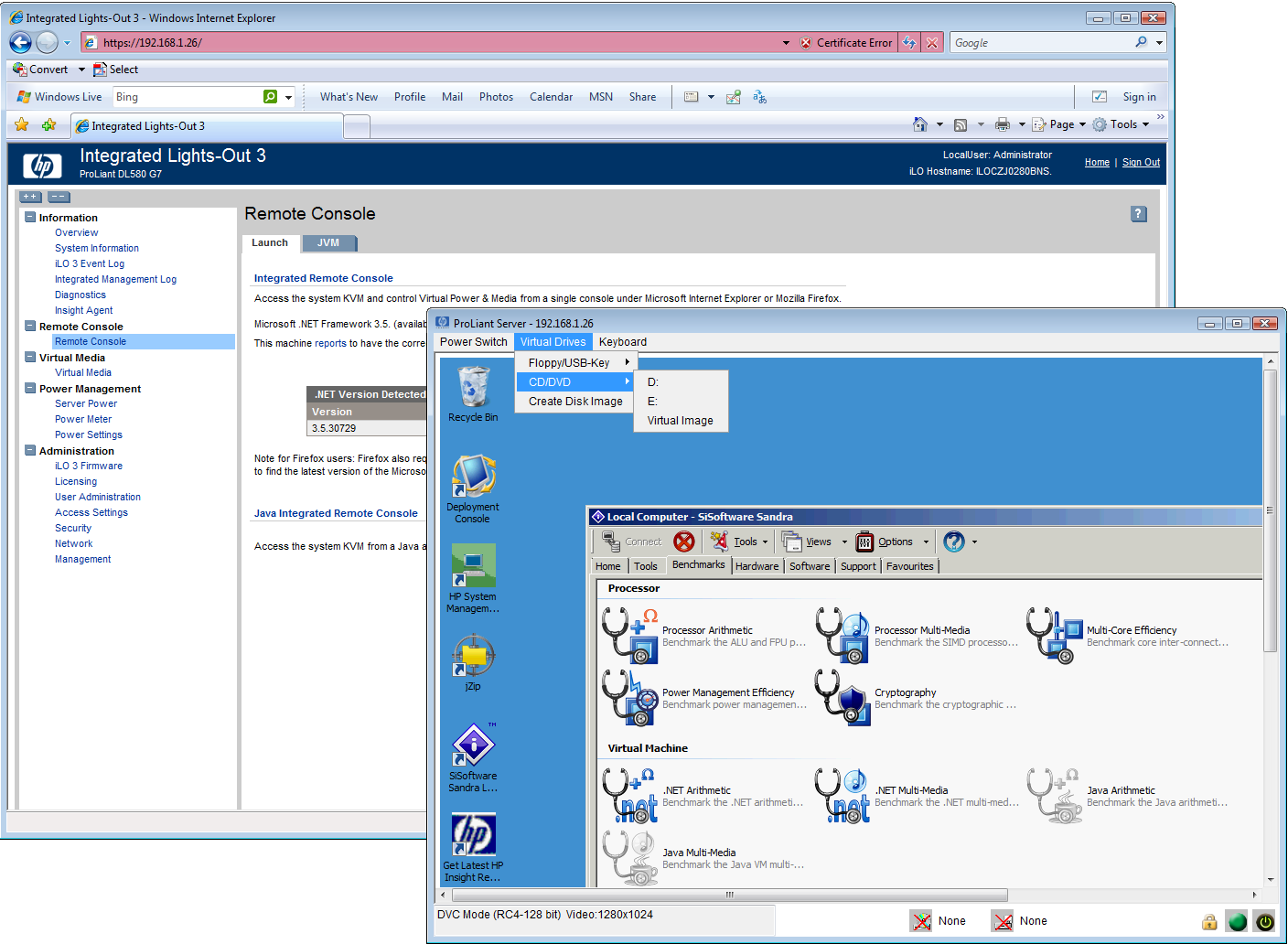
It does require an upgrade, but the iLO3 can provide full KVM-over-IP remote control and virtual media services.
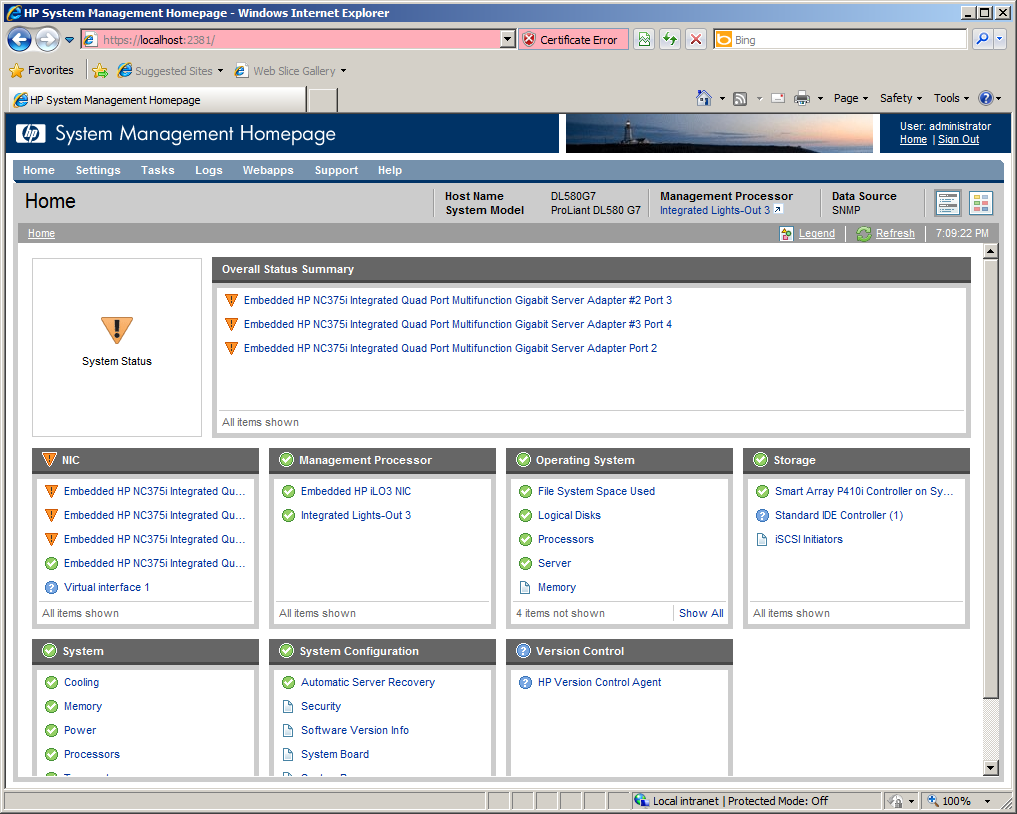
HP’s System Management homepage provides basic but useful browser based server monitoring.
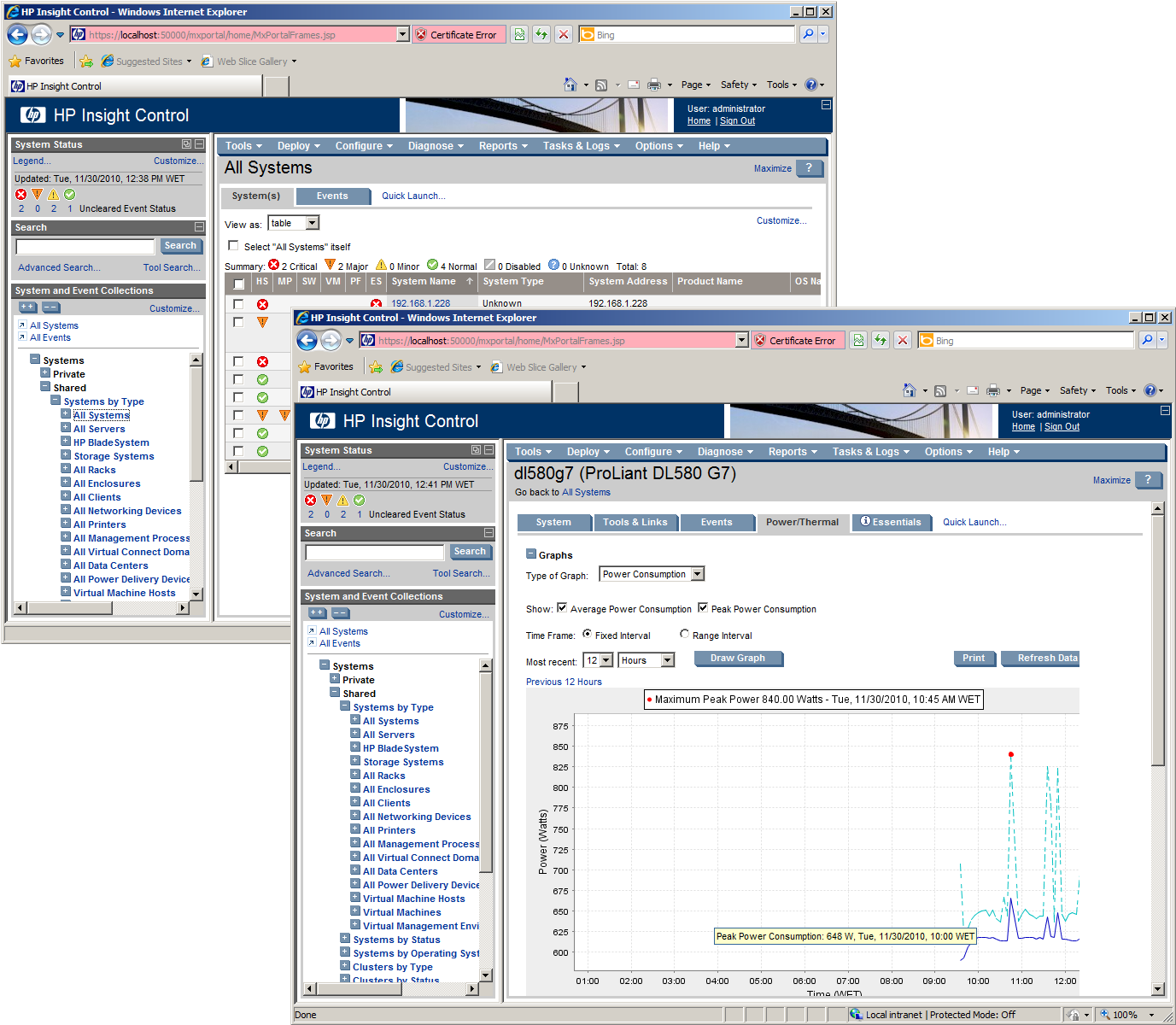
The Insight Control software includes full network systems management tools and optional server power monitoring.
Although Intel launched its 7500-series Xeon processors way back in March it's taken HP an inordinate amount of time to deliver a production server supporting these new enterprise processors. HP has granted us exclusive access to the new seventh generation of its ProLiant DL580 rack server and we see whether the wait has been worthwhile.
HP has certainly taken its time. Dell was first through our lab doors six months ago when it gave us an exclusive on its PowerEdge R910. This was followed shortly afterwards by Fujitsu's Primergy RX600 S5 and IBM's massively expandable System x3850 X5 .

As we've already reviewed the main players in the Xeon 7500 market, this puts us in a good position to compare the DL580 G7 with all of its rivals. NEC Computers threatened to launch its Express5800/A1080a some months ago but this has never materialised in the UK so we don't consider this a competitor to HP.
HP has taken the 4U chassis from the DL580 G5 and redesigned it with a much higher drawer which contains all four processor sockets and memory. The drawer is easily removed by pressing the button at the top which releases a large handle. Locking tabs on both sides of the drawer stop it accidentally falling out and with these depressed the drawer can be slid out completely.
The Xeon processors are mounted in a line across the back of the drawer and each is fitted with a large passive heatsink. The price for the review system includes four 2GHz Xeon E7540 processors. Each one has six processing cores, giving a total of 24 cores.
In front of the processors are eight bays in a row for the cold-swap memory modules which slot in easily and are locked down with a couple of plastic levers. Each module has eight DIMM slots allowing capacity to be increased to the maximum 1TB.
Get the ITPro daily newsletter
Sign up today and you will receive a free copy of our Future Focus 2025 report - the leading guidance on AI, cybersecurity and other IT challenges as per 700+ senior executives
Dave is an IT consultant and freelance journalist specialising in hands-on reviews of computer networking products covering all market sectors from small businesses to enterprises. Founder of Binary Testing Ltd – the UK’s premier independent network testing laboratory - Dave has over 45 years of experience in the IT industry.
Dave has produced many thousands of in-depth business networking product reviews from his lab which have been reproduced globally. Writing for ITPro and its sister title, PC Pro, he covers all areas of business IT infrastructure, including servers, storage, network security, data protection, cloud, infrastructure and services.
-
 ‘Here in the European market, I think we are in a good position’: DocuWare CEO Dr Michael Berger on the company’s rapid growth
‘Here in the European market, I think we are in a good position’: DocuWare CEO Dr Michael Berger on the company’s rapid growthNews ChannelPro sat down with DocuWare CEO Michael Berger to discuss the company's rapid growth and channel strategy.
By Bobby Hellard Published
-
 Seized database helps Europol snare botnet customers in ‘Operation Endgame’ follow-up sting
Seized database helps Europol snare botnet customers in ‘Operation Endgame’ follow-up stingNews Europol has detained several people believed to be involved in a botnet operation as part of a follow-up to a major takedown last year.
By Emma Woollacott Published
-
 Young tech professionals are shunning a full-time return to the office – unless it pays more
Young tech professionals are shunning a full-time return to the office – unless it pays moreNews Young tech professionals who entered the workforce post-pandemic expect on-site work to be paid more than remote options.
By Emma Woollacott Published